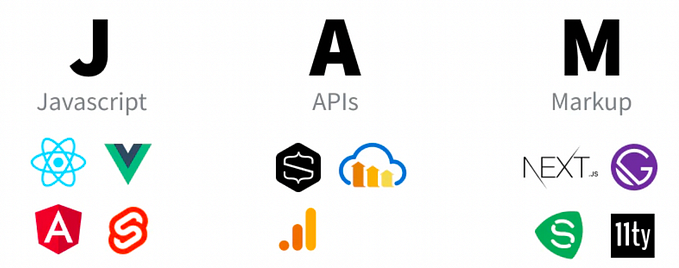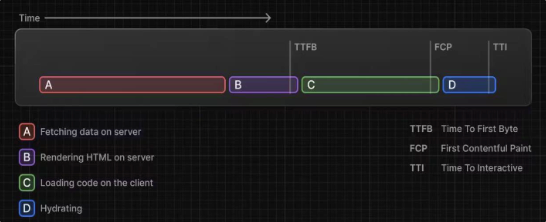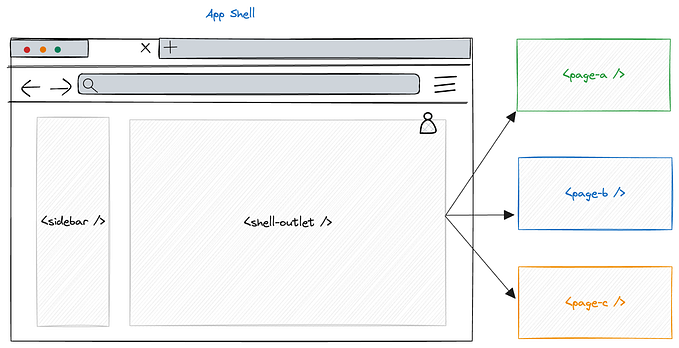Streamlining React Data with Apollo Client & GraphQL
Apollo Client is a powerful state management library for JavaScript applications, particularly when working with React and GraphQL. It offers an efficient way to manage both local and remote data with GraphQL, enabling you to fetch, cache, and modify data while ensuring that your UI stays updated automatically.
In this post, we’ll explore how Apollo Client can streamline your React data management, its key features, and how to optimize performance using advanced techniques like caching and prefetching.
Key Features of Apollo Client
- Declarative Data Fetching
Apollo Client allows you to fetch data declaratively, making your code cleaner and more predictable. Instead of writing imperative data-fetching logic, you can simply define what data your component needs, and Apollo Client takes care of the rest.
import { useQuery, gql } from '@apollo/client';
const GET_BOOKS = gql`
query GetBooks {
books {
id
title
author
}
}
`;
function Books() {
const { loading, error, data } = useQuery(GET_BOOKS);
if (loading) return <p>Loading...</p>;
if (error) return <p>Error :(</p>;
return data.books.map(({ id, title, author }) => (
<div key={id}>
<h3>{title}</h3>
<p>by {author}</p>
</div>
));
}2. Zero-Config Caching
Apollo Client’s in-memory cache is a standout feature. It normalizes and stores your data, enabling you to avoid redundant network requests and providing almost instant responses for already-cached data. This leads to a smoother, more efficient application experience.
Example:
When you fetch a book for the first time, Apollo Client stores it in its cache. The next time you request the same book, Apollo Client serves it from the cache without hitting the network.
3. Excellent Developer Experience
Apollo Client is designed with developers in mind. It provides powerful debugging tools, a straightforward API, and detailed documentation that make working with it a pleasure.
4. Designed for Modern React
Apollo Client integrates seamlessly with React’s hooks API, allowing you to manage data with useQuery and useMutation hooks, and providing a modern, declarative way to interact with your GraphQL API.
Setting Up Apollo Client
To get started with Apollo Client, install the necessary packages:
npm install @apollo/client graphqlNext, configure Apollo Client in your React application:
import { ApolloClient, InMemoryCache, ApolloProvider } from '@apollo/client';
const client = new ApolloClient({
uri: 'https://your-graphql-endpoint.com/graphql',
cache: new InMemoryCache()
});
function App() {
return (
<ApolloProvider client={client}>
<YourComponent />
</ApolloProvider>
);
}Advanced Querying with useQuery
Apollo Client’s useQuery hook offers several features that go beyond simple data fetching:
- Polling: Automatically refetches data at specified intervals.
- Refetching: Manually refetch data to update your UI.
- Network Status: Gain insights into the current state of your query, such as whether it’s currently loading or refetching.
const { data, loading, error, refetch, networkStatus } = useQuery(GET_BOOKS, {
pollInterval: 5000, // Polling every 5 seconds
notifyOnNetworkStatusChange: true,
});Mutations in Apollo Client
Apollo Client provides a useMutation hook to modify data. You can update your local cache directly to reflect changes immediately in the UI.
Example: Updating the Cache Directly
const [addBook] = useMutation(ADD_BOOK, {
update(cache, { data: { addBook } }) {
cache.modify({
fields: {
books(existingBooks = []) {
const newBookRef = cache.writeFragment({
data: addBook,
fragment: gql`
fragment NewBook on Book {
id
title
author
}
`
});
return [...existingBooks, newBookRef];
}
}
});
}
});Caching Strategies
Apollo Client’s caching system is both powerful and flexible. It enables you to store GraphQL query results in a normalized, in-memory cache, ensuring fast data retrieval without network requests.
To customize your caching strategy, you can configure the cache to suit your application’s needs:
Configuring the Cache:
const cache = new InMemoryCache({
typePolicies: {
Query: {
fields: {
books: {
merge(existing = [], incoming) {
return [...existing, ...incoming];
},
},
},
},
},
});Improving Performance with Prefetching
Prefetching involves fetching data before it is actually needed, reducing perceived latency and making your application feel more responsive.
Example: Prefetching Data
const client = useApolloClient();
client.query({
query: GET_BOOKS
});By combining Apollo Client’s caching, prefetching, and other optimization strategies, you can create a highly performant and responsive React application that leverages the power of GraphQL.
Improving Performance with Optimistic Mutation Results
In addition to prefetching, Apollo Client offers the ability to enhance the responsiveness of your application using optimistic mutation results. This technique allows you to update your UI immediately with a predicted result, even before your server has responded. By doing so, your app feels more responsive and provides a smoother user experience.
Optimistic UI Updates:
When you perform a mutation, you can predict what the server’s response will likely be and use that prediction to update your UI right away. If the server’s response matches your prediction, the UI remains as it is; otherwise, it adjusts accordingly once the actual response arrives.
Example: Optimistic Response with useMutation
const [addBook] = useMutation(ADD_BOOK, {
optimisticResponse: {
__typename: "Mutation",
addBook: {
__typename: "Book",
id: "temp-id", // Temporary ID for the optimistic UI update
title: "Optimistic Title",
author: "Optimistic Author"
},
},
update(cache, { data: { addBook } }) {
cache.modify({
fields: {
books(existingBooks = []) {
const newBookRef = cache.writeFragment({
data: addBook,
fragment: gql`
fragment NewBook on Book {
id
title
author
}
`
});
return [...existingBooks, newBookRef];
}
}
});
}
});Conclusion
Apollo Client is a robust tool that simplifies data management in React applications. By leveraging its advanced features like caching, declarative data fetching, and powerful mutation handling, you can build efficient, high-performance applications that provide a great user experience.
For more demonstrations and practical examples, you can check out the GitHub repository dedicated to Apollo Client 3 with React. This repository includes detailed implementations of the concepts discussed in this blog, providing a hands-on guide to mastering Apollo Client in your React applications.







